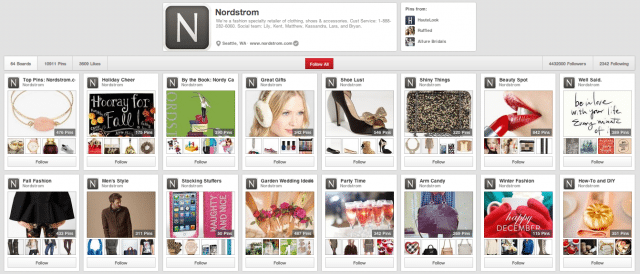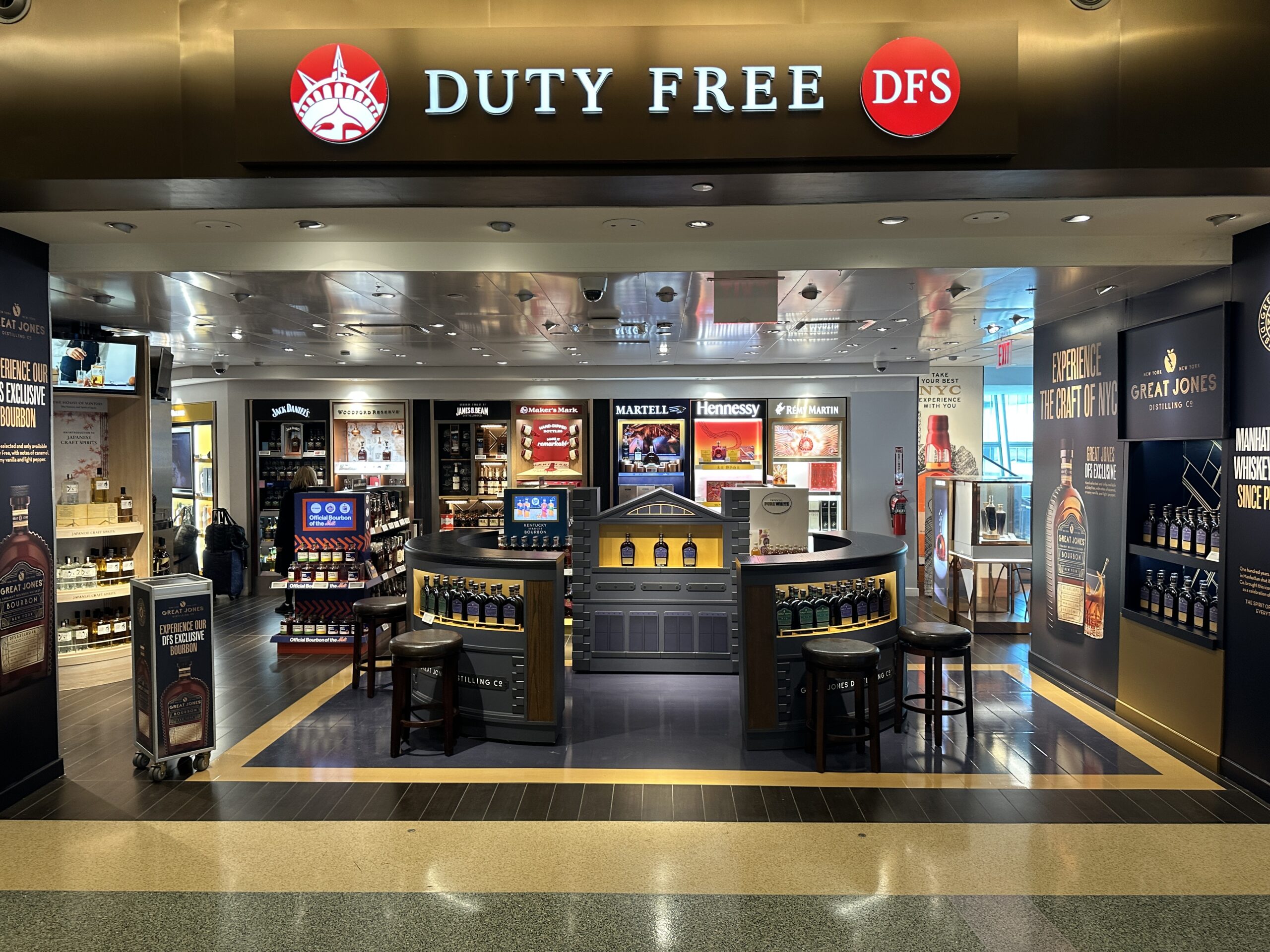
It seemed just last year that a sea of retailers were bemoaning the reality of showrooming for fear of losing brick-and-mortar sales to online destinations. What a difference a year makes. "I think it's like anything that hits you with a ton of bricks, it requires you to step back and say, "O.K., it's very sobering, now what does this mean for us?" this according to an executive at Target. "We ultimately concluded that if that's the way the guest is going to live and shop, then we want to be a showroom. And we love showrooming – provided we can capture that sale."
According to the New York Times, Target and Nordstrom (above) are both using Pinterest to drive holiday purchase decisions. While Walmart is leveraging Facebook and Google. Toys "R" Us has a robust YouTube site and Sears is big on Instagram. An interesting data point from all this online marketing is that while shoppers referred from Pinterest spend more, those referred from Facebook are buying more frequently. According to an IBM Digital Analytics Benchmark study, during a four week period in October and November, customers referred from Facebook spent an average of $54.64 per order compared to $123.50 for Pinterest. But, referrals from Facebook converted at nearly four times the rate of Pinterest referrals.
As a shopper marketing agency, the Theory House team keeps a close watch on retail trends and it is clear that digital as a tool along the path to purchase continues to gain momentum. The real key will be unlocking those opportunities that work best for your shopper.




